How Stalin used "The Terror" to secure his iron grip on power
Inside All About History 115: Learn how Stalin secured his iron grip on power a political terror campaign.

In All About History issue 115, on sale now, discover how Stalin secured his grip as the dictator of the Soviet Union using a series of purges that locked up or murdered his greatest political enemies. How did the Great Terror begin? Who were its agents? Who were the victims? We look to answer all of these questions and more.
Peter Whitewood, author of "The Red Army and the Great Terror: Stalin’s Purge of the Soviet Military" (University Press of Kansas, 2015) is your guide to one of the darkest chapters in the history of Russia, taking you from the mysterious murder that kickstarted the process to the gulags where many political prisoners ended up.


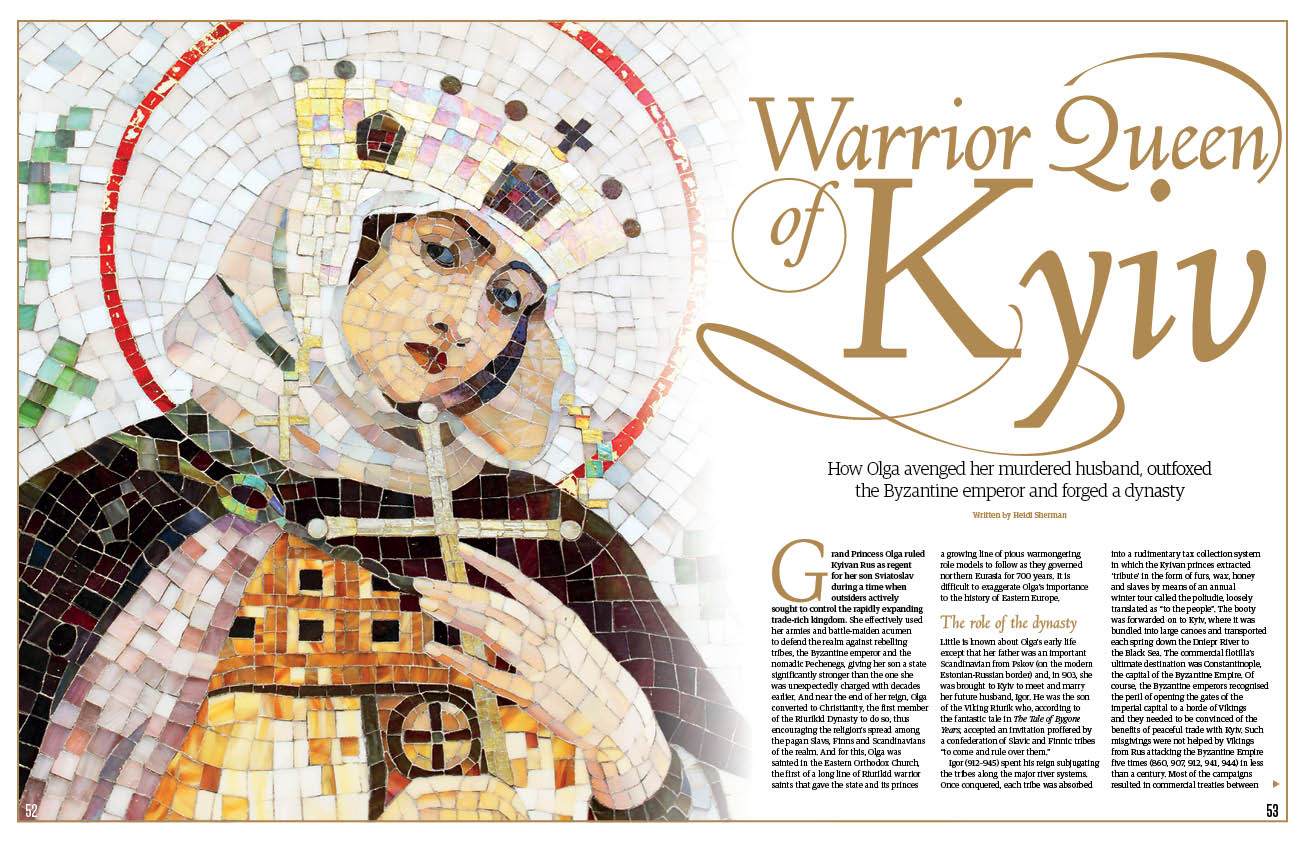


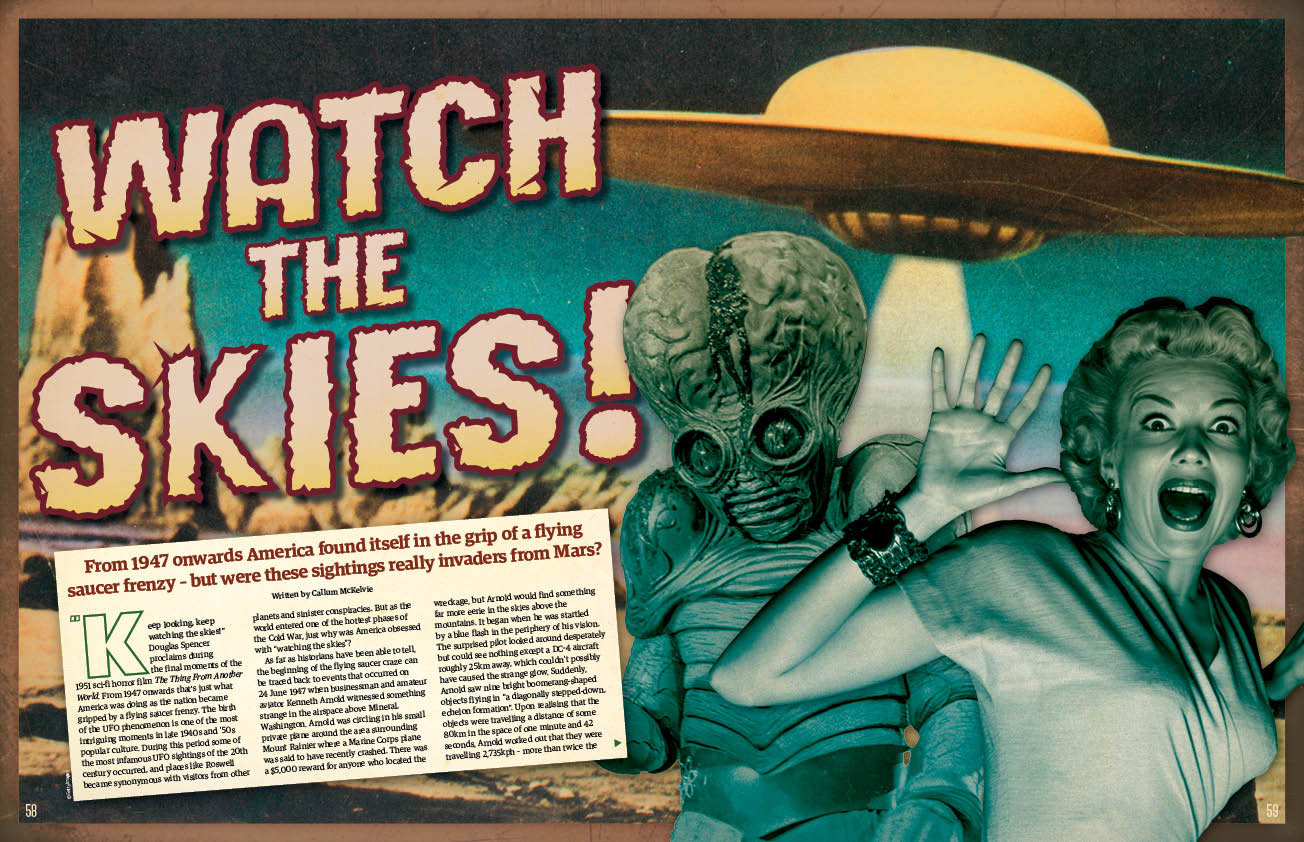

Also in All About History 115, uncover the story of the killer queen of Kyiv, Saint Olga, and how she took revenge for the murder of her husband. You can also read about the origins of the UFO panic in the 1950s and what history has to teach us about how pandemics start and how they end.
Related: Read a free issues of All About History
You can also learn all about the history of coffee, how women were erased from the Bible, about the life of Miguel Hidalgo the 'father of Mexico' and much more.
Stalin's purges: Inside the Great Terror
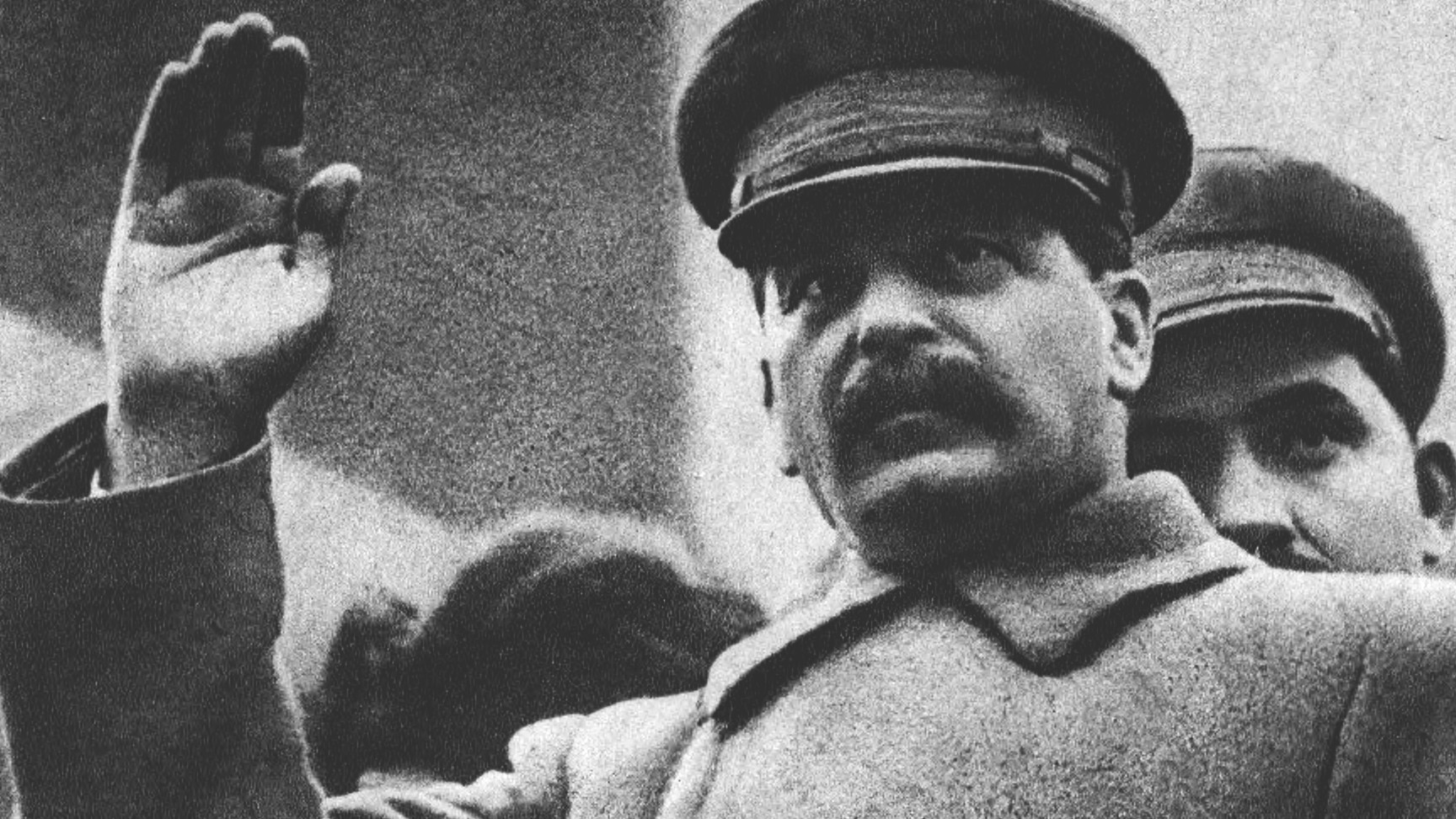
On 1 December 1934, former member of the Soviet Communist Party Leonid Nikolaev entered the party’s headquarters, the Smolny Building, in the city of Leningrad. After making his way to the third floor, he gunned down Leningrad party boss Sergei Kirov outside his office.
Kirov was killed instantly, murdered in the middle of the afternoon. Nikolaev was immediately arrested, and confusion quickly abounded in the Soviet press as the Soviet political police, the NKVD, launched a search for other suspected accomplices.
Get the world’s most fascinating discoveries delivered straight to your inbox.
Before the shooting, Nikolaev had become increasingly resentful of the party and blamed it for his unemployment and worsening personal circumstances. He had grown steadily convinced, moreover, that his wife was having an affair with Kirov.
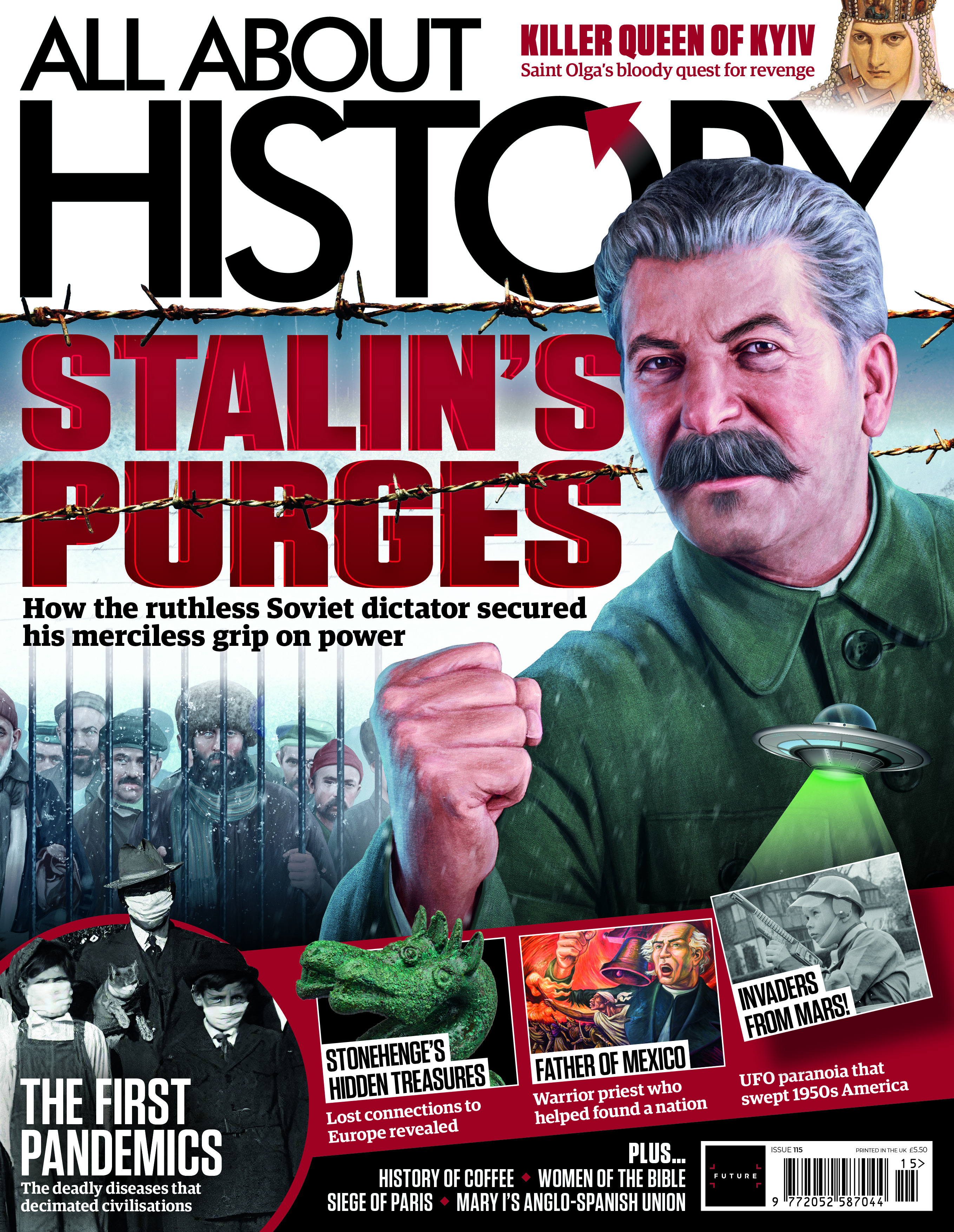
Subscribe to All About History today and get 5 issues for just $5 in our limited time Spring Sale offer. Now is the best time to guarantee yourself a copy of All About History every month.
Nikolaev’s motives aside, the impact of the shooting in the following months and years proved sensational and was the chief starting point of Soviet leader Joseph Stalin’s Great Terror. Before this dramatic day, Nikolaev was by no means a significant person in Leningrad. But his actions on 1 December had far-reaching consequences for hundreds of thousands of Soviet people living under the Stalin regime in the late 1930s.
Read more in All About History 115.
Olga of Kyiv's revenge
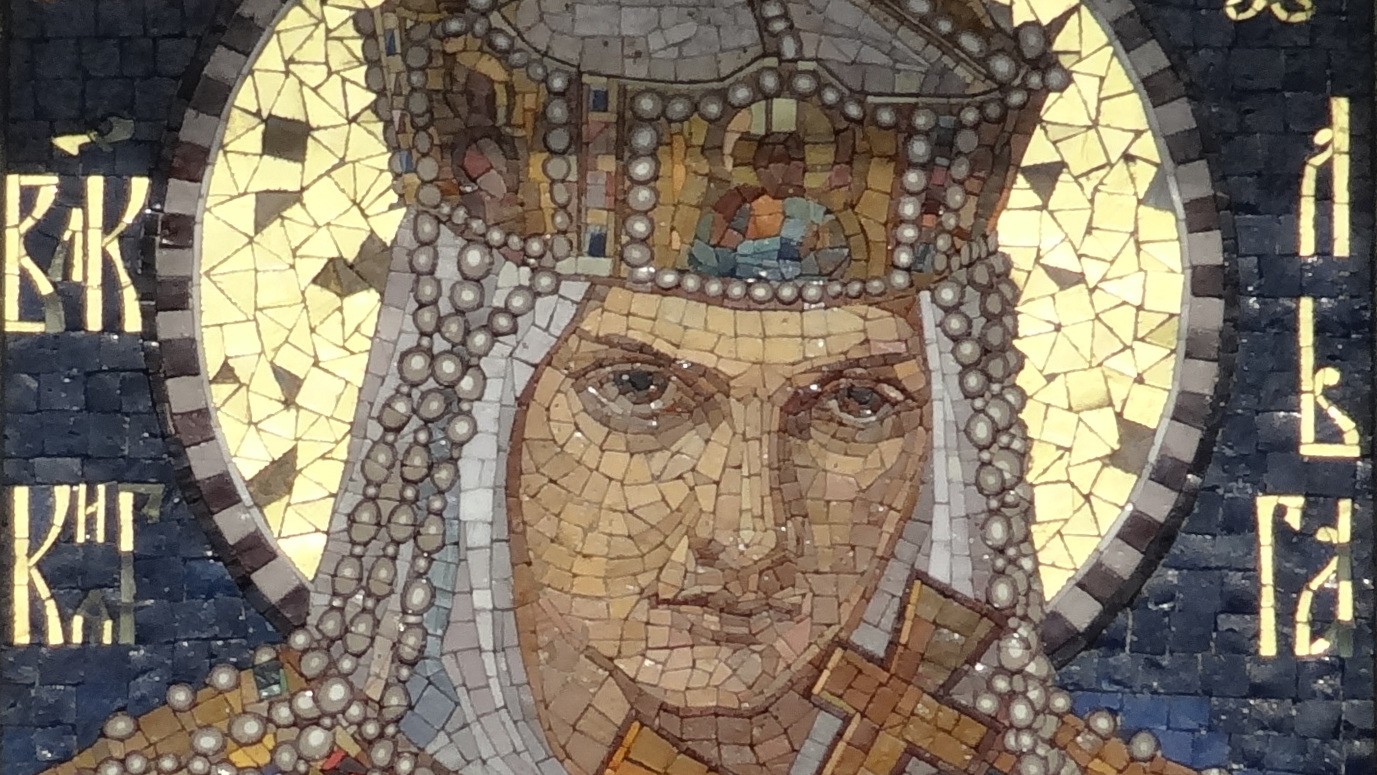
Grand Princess Olga ruled Kyivan Rus as regent for her son Sviatoslav during a time when outsiders actively sought to control the rapidly expanding trade-rich kingdom. She effectively used her armies and battle-maiden acumen to defend the realm against rebelling tribes, the Byzantine emperor and the nomadic Pechenegs, giving her son a state significantly stronger than the one she was unexpectedly charged with decades earlier.
Near the end of her reign, Olga converted to Christianity, the first member of the Riurikid Dynasty to do so, thus encouraging the religion’s spread among the pagan Slavs, Finns and Scandinavians of the realm.
For this, Olga was sainted in the Eastern Orthodox Church, the first of a long line of Riurikid warrior saints that gave the state and its princes a growing line of pious warmongering role models to follow as they governed northern Eurasia for 700 years. It is difficult to exaggerate Olga’s importance to the history of Eastern Europe.
Learn more about Olga and how she defended her family and her kingdom in All About History 115.
How America became obsessed with flying saucers
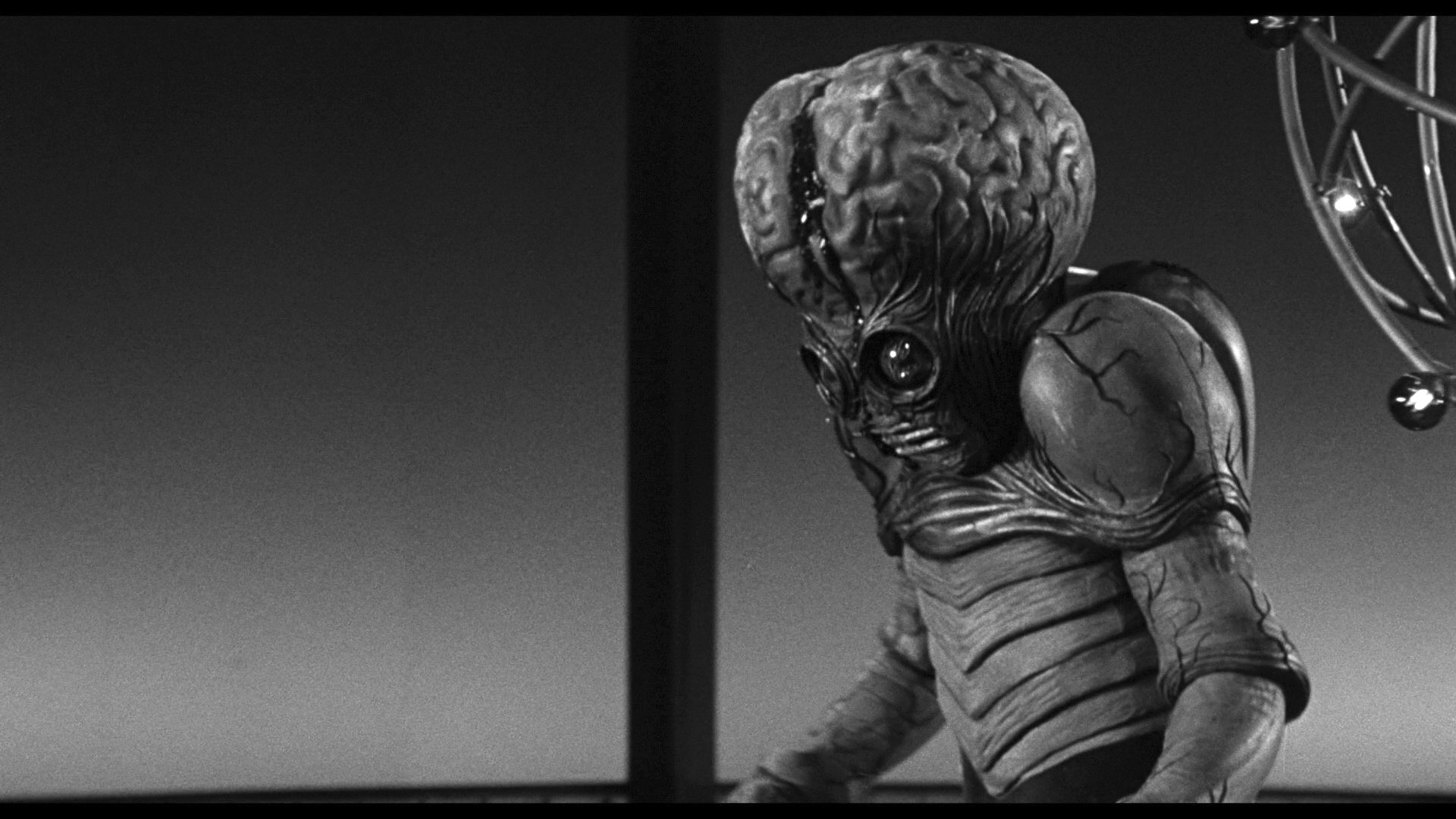
“Keep looking, keep watching the skies!” Douglas Spencer proclaims during the final moments of the 1951 sci-fi horror film "The Thing From Another World." From 1947 onwards that’s just what America was doing as the nation became gripped by a flying saucer frenzy.
The birth of the UFO phenomenon is one of the most intriguing moments in late 1940s and ’50s popular culture. During this period some of the most infamous UFO sightings of the 20th century occurred, and places like Roswell became synonymous with visitors from other planets and sinister conspiracies. But as the world entered one of the hottest phases of the Cold War, just why was America obsessed with “watching the skies”?
As far as historians have been able to tell, the beginning of the flying saucer craze can be traced back to events that occurred on 24 June 1947 when businessman and amateur aviator Kenneth Arnold witnessed something strange in the airspace above Mineral, Washington.
Read the rest of this fascinating story in All About History 115.

Jonathan is the Editor of All About History magazine, running the day to day operations of the brand. He has a Bachelor's degree in History from the University of Leeds. He has previously worked as Editor of video game magazines games™ and X-ONE and tech magazines iCreate and Apps. He is currently based in Bournemouth, UK.


